Fosi Audio ZD3 Fully Balanced DAC – One Eye, Two Speakers, Infinite Possibilities
Fosi Audio ZD3 is a $219 USD desktop DAC with a high performance ES9039Q2M DAC at the heart, XLR output, Trigger input and output, and which also allows Tube Rolling. Toda we will study the sound and design of the ZD3, how it works in multiple sonic systems, and whether it will be a good choice for your next audio adventure.
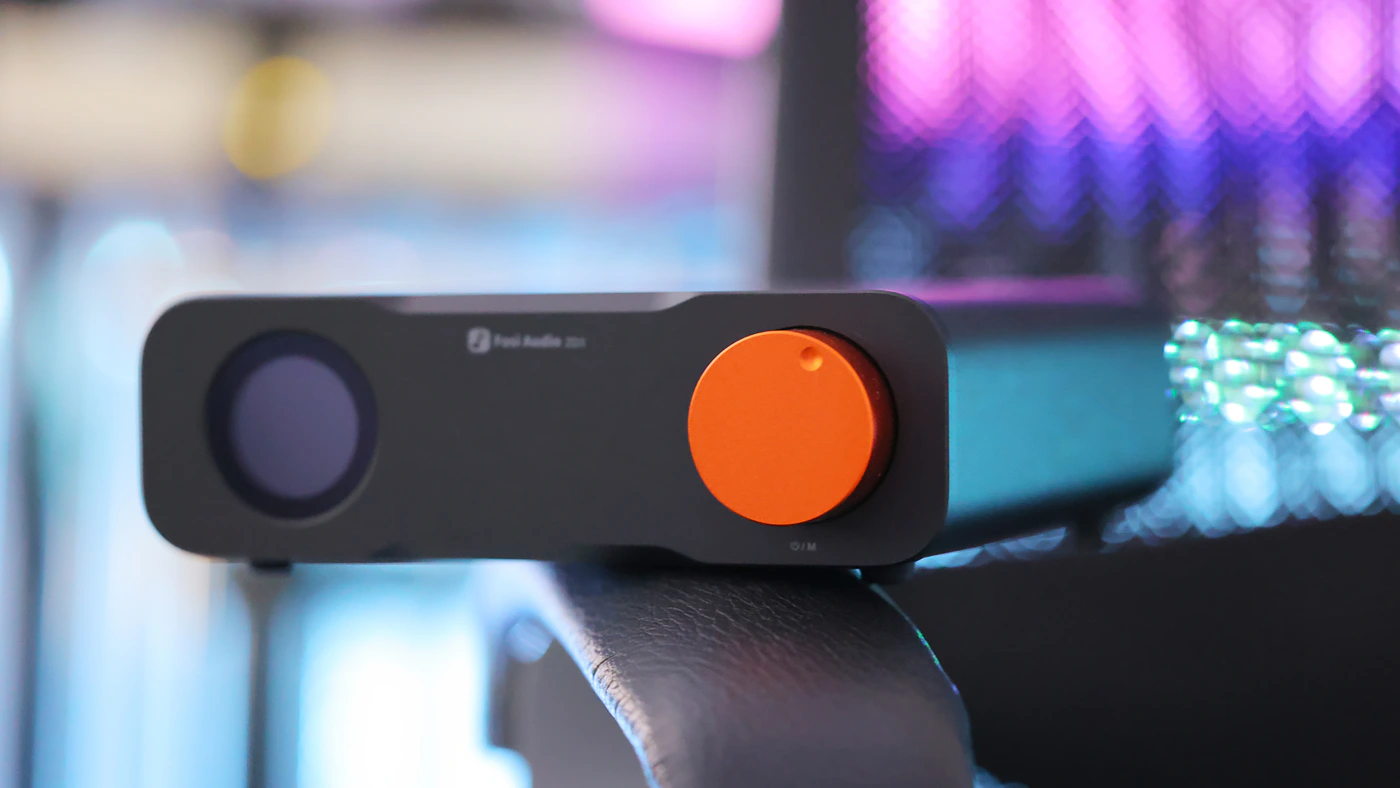
Introduction
Fosi Audio has quickly been growing to overcome their entry-level budget company name to now being one of the most popular audiophile creators, still in the entry-level range, but now loved by anyone who heard their products. Fosi uses high quality and modern designs, they can make a beautiful sound but keep the price affordable so that everyone can enjoy beautiful music and a good sound regardless of their budget. As an Amazon Influencer, I earn from qualifying purchases, and using the purchase links in my reviews helps me maintain this website and Youtube Channel. Huge thanks to Fosi Audio for providing us with the sample for this review.
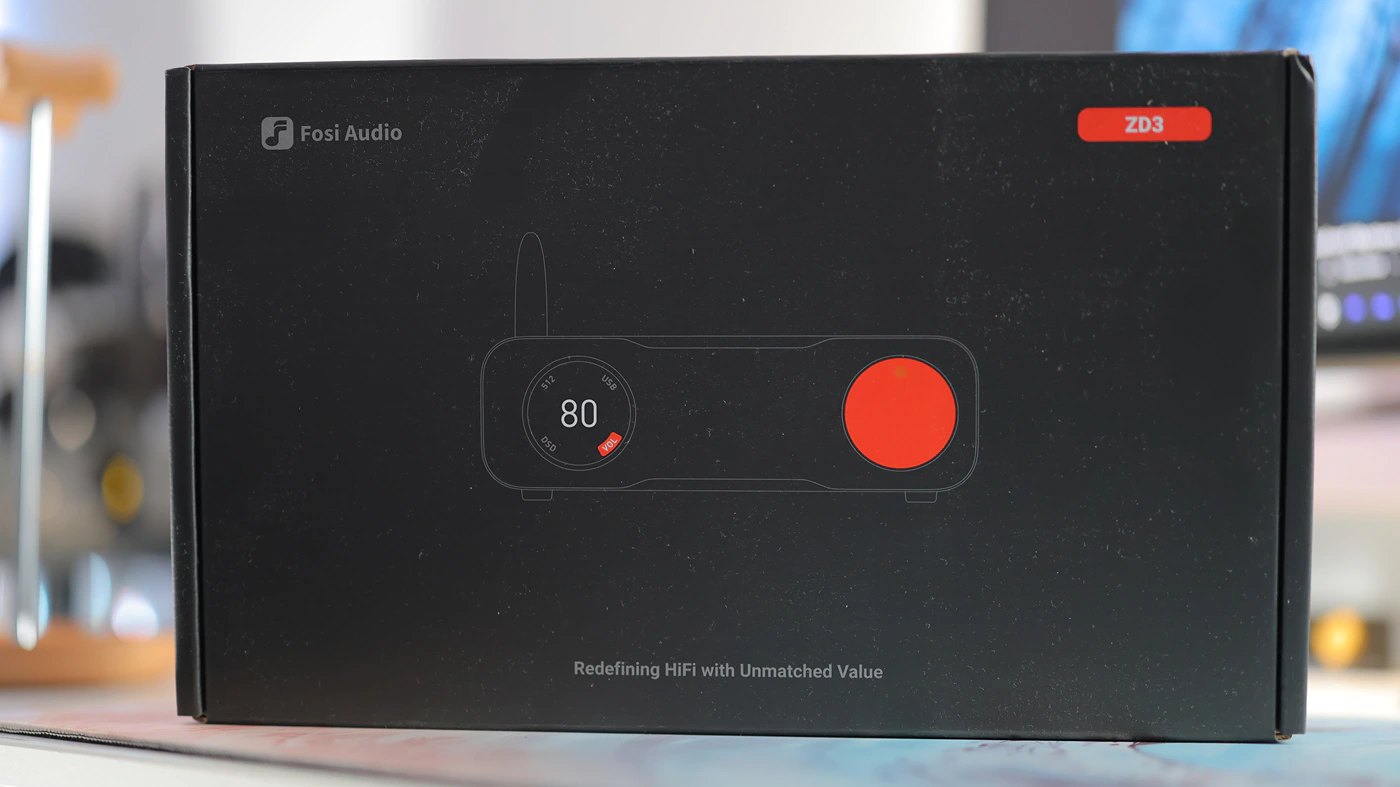
PROs – Excellent build quality, superb design, high performance, no audible background noise with any of the outputs, high price / performance ratio, it runs cool, no errors and no USB DAC delay.
Cons – At this price point nothing I can name.
Product Link
Amazon – https://amzn.to/4ajEyPd
Build Quality/Aesthetics
Fosi Audio ZD3 is part of the company’s new line of high-end products, and this line includes multiple amplifiers, and Fosi now uses a beautiful, bleeding-edge but modern design, with that orange volume wheel, and a circular display at the other end to create a symmetrical design for ZD3. At the heart of the ZD3 we can find the ES9093Q2M DAC chip, which is known to be quite capable if implemented well.
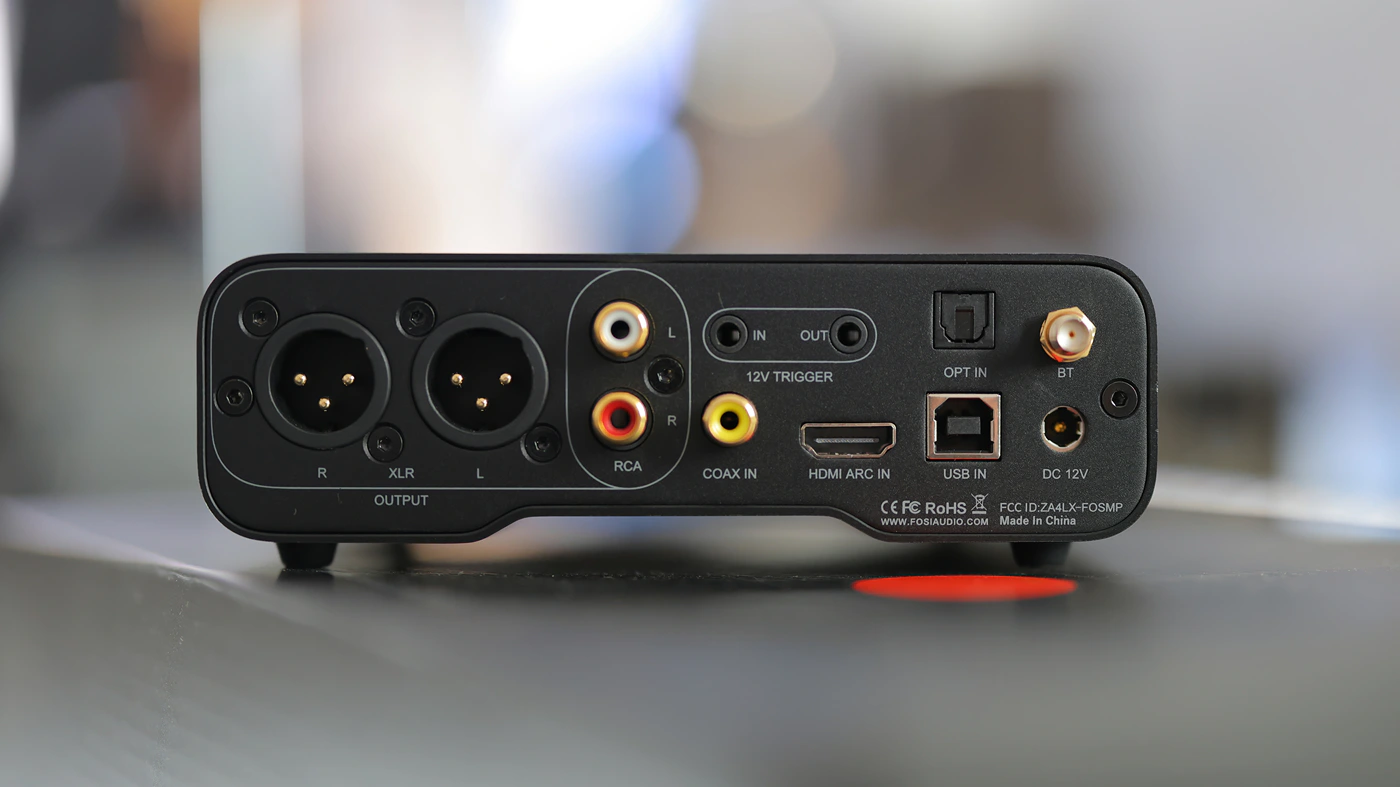
The input list is extensive, and it includes USB, HDMI ARC, Optical, Coaxial, and Bluetooth with SBC, AAC,m aptX and aptX HD. The output list includes XLR and RCA outputs. Those have a variable volume that you can change by turning the volume wheel at the front of the ZD3, but you can also use it as a standalone DAC, by leaving the volume at max, which is oddly enough the number 80 rather than 100. The SNR of the ZD3 is also quite epic, at 126 dB, and with a THD+N of <0.00008%. You can actually bypass the volume control too, by using the physical toggle.
You can replace the most important component in the ZD3, the Operational Amplifier or OP-AMP, so you can drastically change the sound it presents, and the list of options includes LME49720, 4580D, MUSES02, SS3602 and NE5532. The Audio data is handled by the flagship grade XMOS XU316 Chip and the Wireless Audio part is handled by the QCC 3031 chip. The DC input power is a 12V DC input, and you can use some high-end power supplies if you want to further optimize the sound of the ZD3.
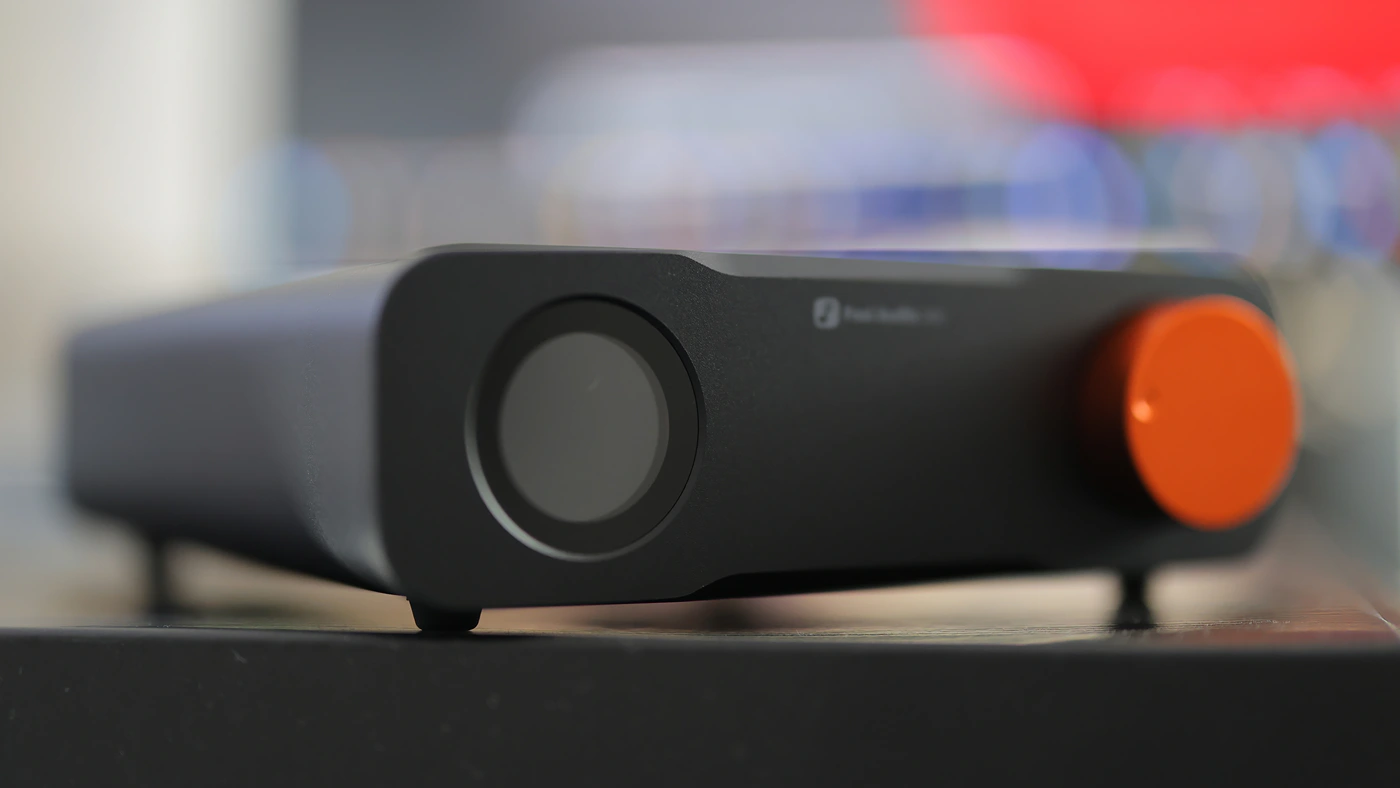
While I like Fosi Audio, there is no lossless audio streaming, with aptX HD being the highest data rate available, although that’s close enough to lossless. The display at the front is a very unusual rounded 1.5″ OLED display. The XLR Balanced output is fully balanced, each channel having a dedicated OP-AMP, and a Pop Noise canceling circuit. The RCA output is converted from the XLR output, and converted to single ended using a LME 49720 Op-AMP. This indicates that the default OP-AMPs used in the ZD are LME49720.
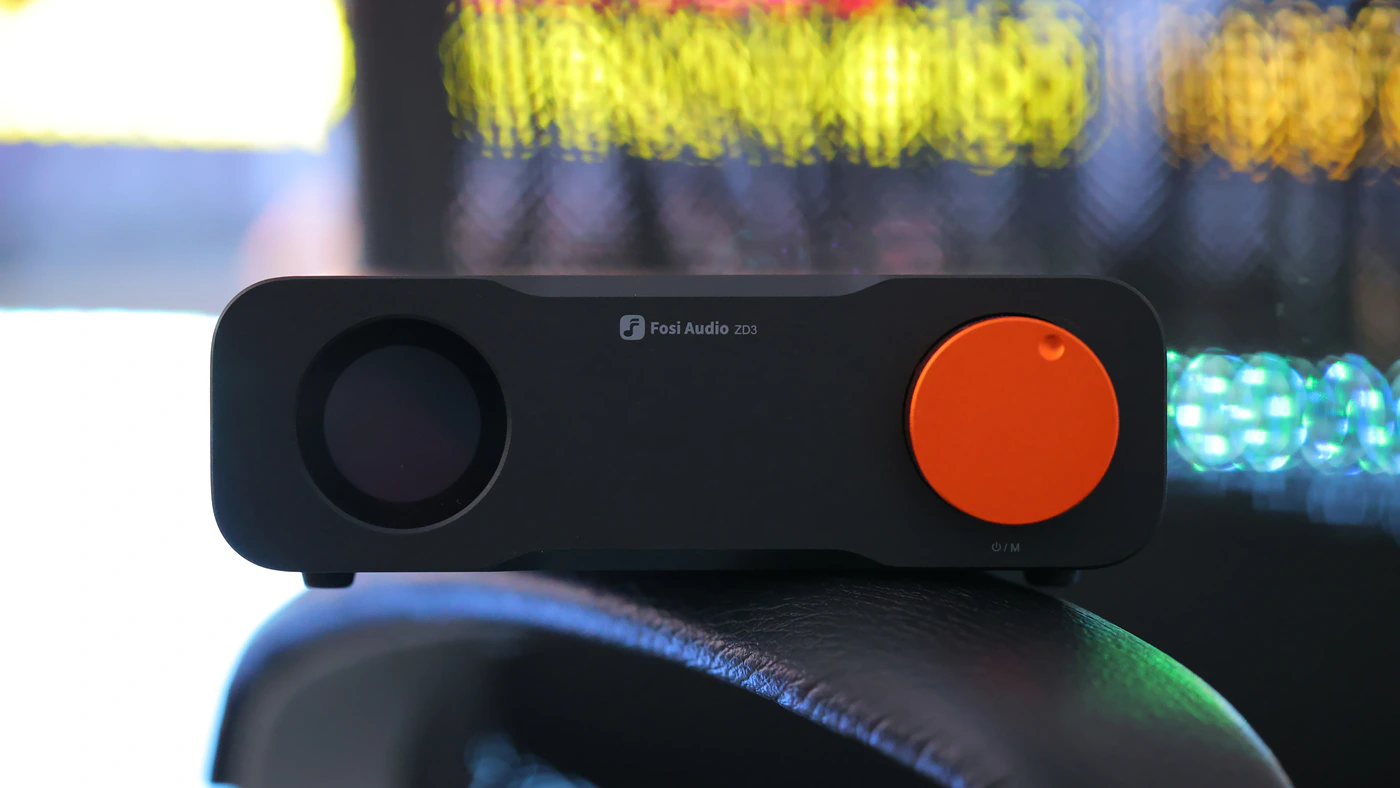
The maximum sampling rate supported by ZD3 is 32 Bit / 768 kHz for the PCM, DSD512 for DSD, but it is a bit lower, 24 Bit / 192 kHz for Optical / Coaxial, and 24 Bit / 48 kHz for Bluetooth. The Output level at max is 2.5Vrms for RCa and 5 Vms for XLR. This can actually cause distortion with amplifiers that expect either 4V for XLR or 2V for RCA, which is the traditional standard. There is a remote in the box which works really nicely, and which comes in handy when using the ZD3 as the DAC for a stereo setup or TV.
Subjective Usage
Happily, the most important question has a positive answer, as there is no USB DAC delay when using the ZD3 as a desktop DAC with a PC Computer. Replacing the OP-AMPs is not very hard, but it is not very easy either, and you need to pay close attention to the orientation of the OP-AMPs, as I actually have burned a Burson PlayMate a couple of years ago as I was not paying close enough attention to the polarity of the OP-AMPs.
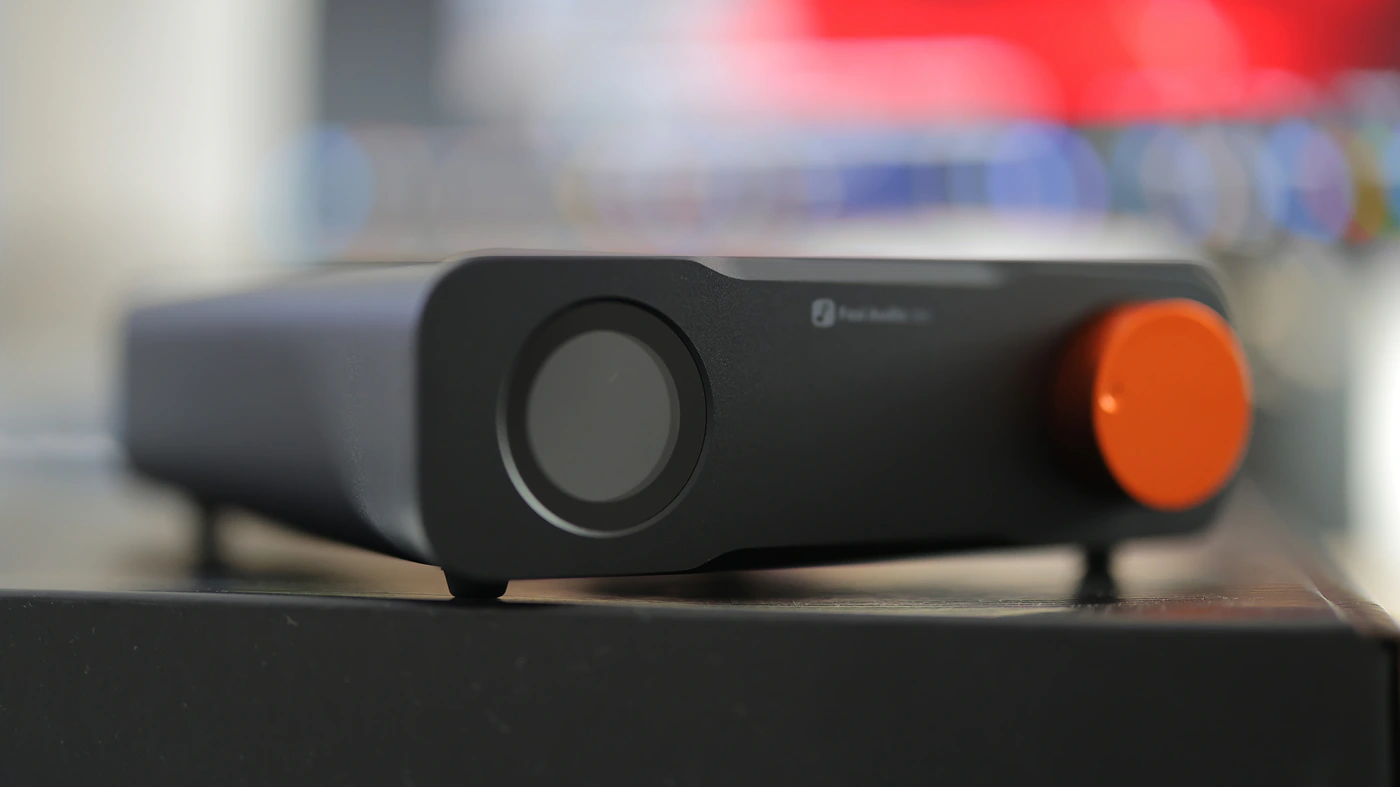
I have noticed no distortion or clipping when using the ZD3 with most Amplifiers, although from my understanding, the 2.5Vrms and 5Vrms is a bit higher than what most AMPs expect, so you may notice it with certain AMPs, especially in the entry-level range. Having the volume control is a Heaven Sent when using the ZD3 with MonoBlock Amplifiers, and even with other Fosi Audio Amps, and even with the mighty Keces S300+ I cannot notice any distortion or background noise, which is extra pleasing.

ZD3 does not get hot during usage, not even remotely warm, the connectors at the back are of an excellent quality, and everything is really well put together. To be honest, the build quality alone and the sonic performance convinced me to keep reviewing Fosi Audio products, although I am slowly moving away from reviewing entry-level products, due to the short shelf life they typically have. Fosi offers a longer shelf life and better support than most similarly priced DAC makers, with a really good performance.
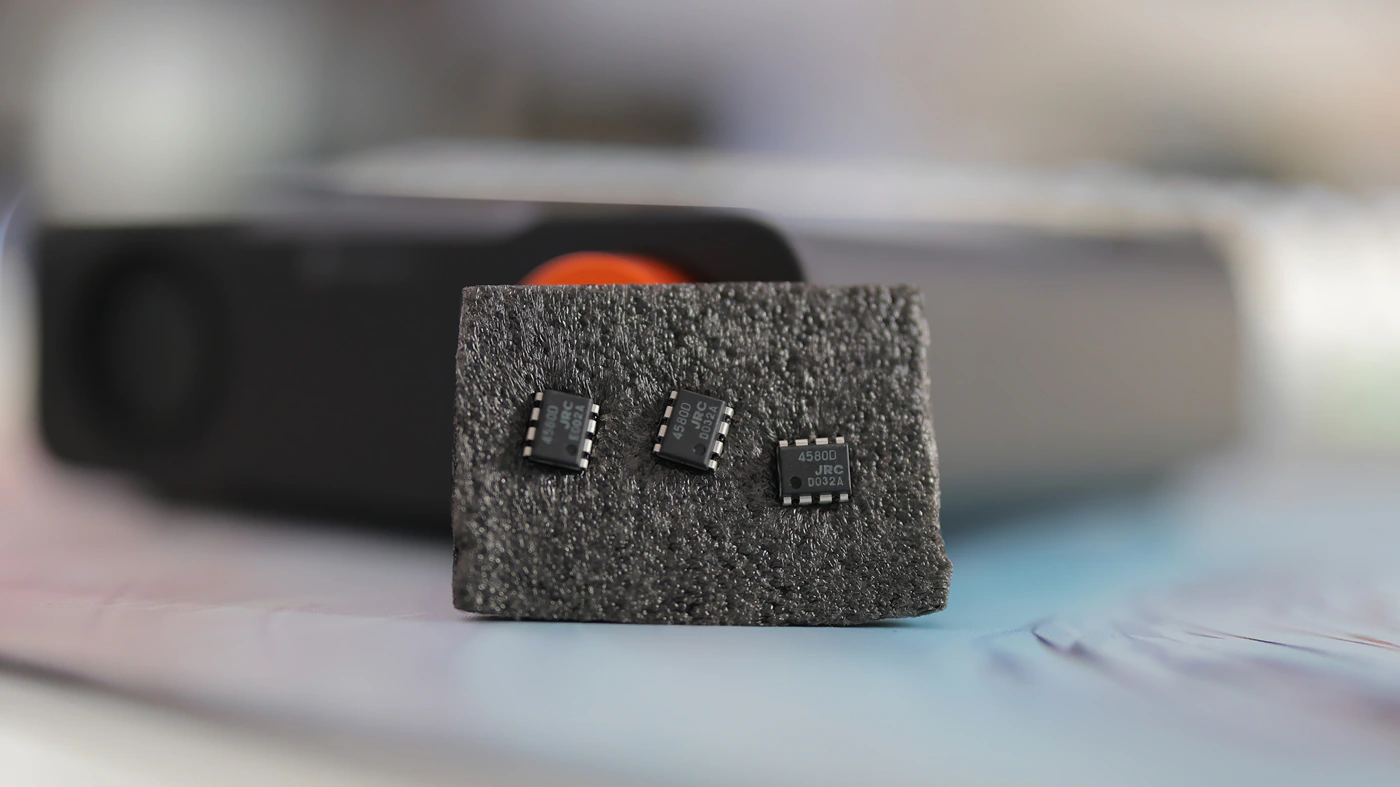
There is no loss of quality with volume, it does not matter if you leave the volume locked at max, or if you use it to change the volume, it will not damage the final output in an audible way. In fact, I always hear more distortion and quality loss when using digital volume, while ZD3 does not have any quality loss. Digital volume works on Windows Pc still, if you need to quickly mute your sound. Pressing on the volume wheel will cycle through the inputs, and both outputs work at the same time, with no way to select between them.
Sound Quality
Pairings – To test the Fosi Audio ZD3 I have paired it with a multitude of Amplifiers and Headphone / Speakers / IEMs, including Keces S300+ driving Pylon Audio Diamond 30 mkii, Sparkos Gemini to drive Erzetich Mania V2024, Aune S17 PRO Evo to drive the HIFIMAN HE1000 Unveiled, and Singxer SA-1 V2 to drive the Palma DHS-1 Convertible Headphones. ZD3 has zero noise with all those setups, full control, and a pleasing sound all the way. As it is a DAC, we’re looking at the signature, resolution and detail level rather than driving power.
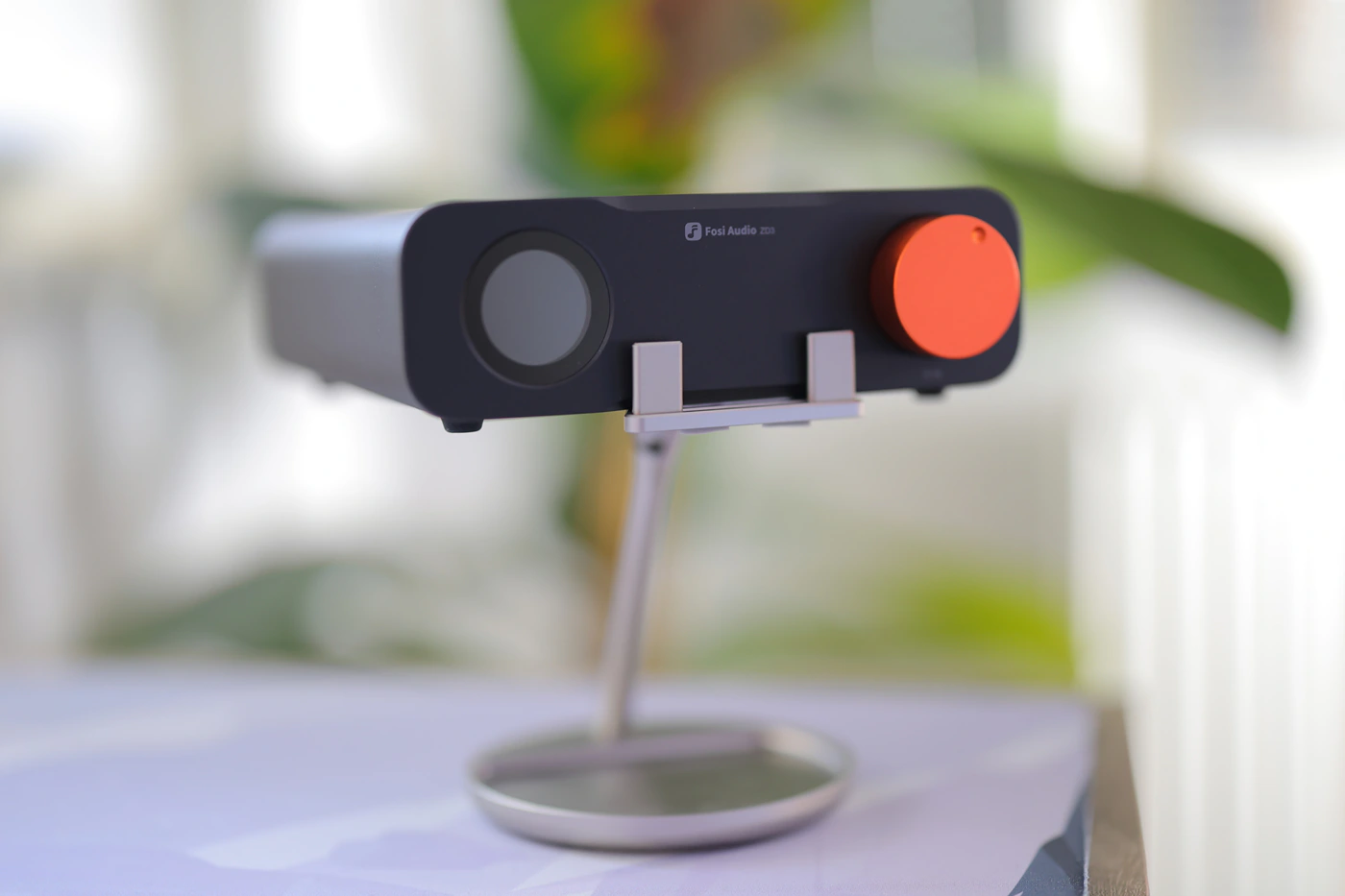
Overall Signature – The signature of the ZD3 is a warm-smooth-intimate one, it strengthens impact and punch, and it seems to have quite a bit of extra energy in the sub-bass, where it can present a lot of body and life in music. There’s a good sense of instrument separation, although the soundstage is mostly intimate, with a focused, close presentation that brings you in an intimate relationship with the singer in your favorite tracks. There’s a great sense of detail and resolution, and ZD3 makes most music sound relaxed, laid-back, full and natural.
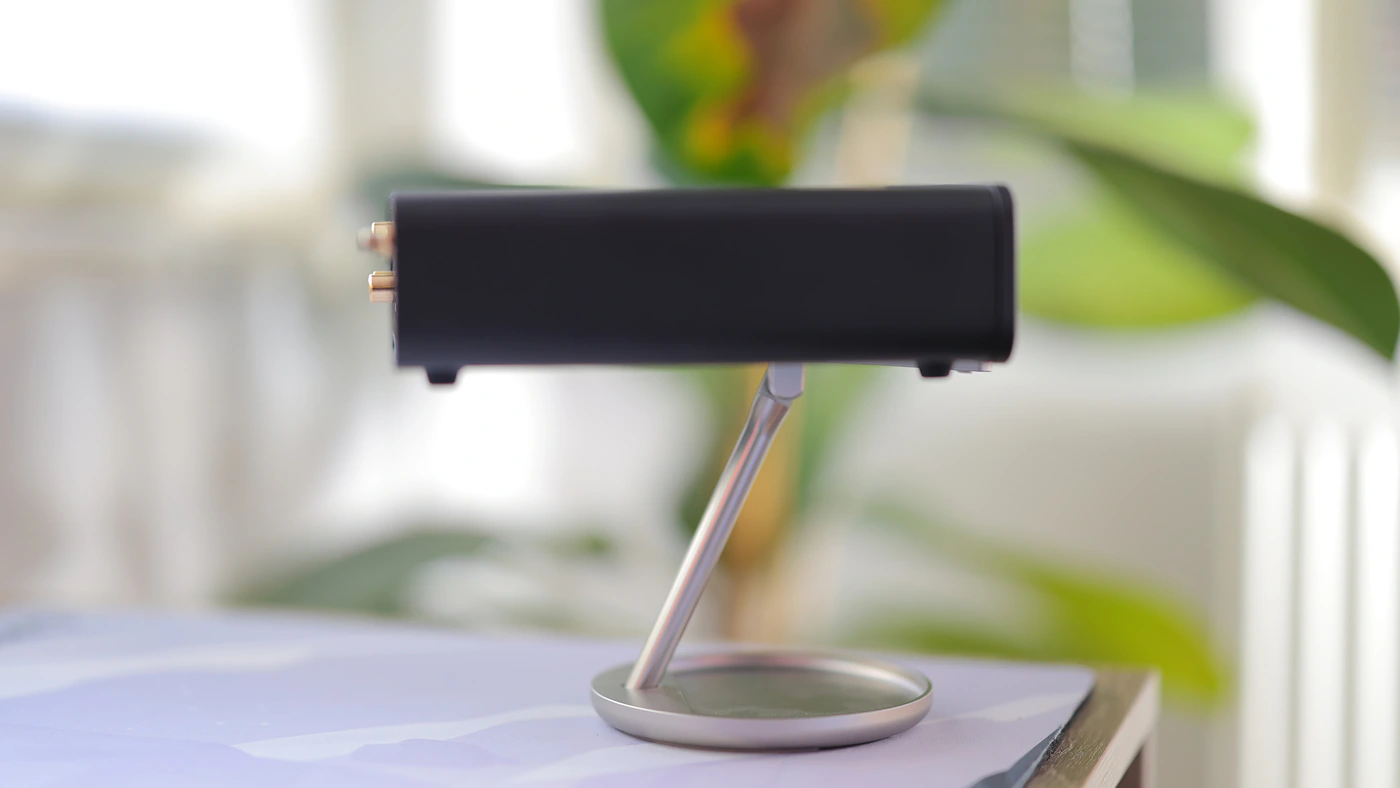
Bass – We start with a fairly natural bass, except for the lowest levels of the sub-bass, which seem to have quite a bit of extra strength and presence in the setups I’ve been integrating with the ZD3. There’s a good sense of body and presence in music, and you will hear a natural-slow speed to the bass, as it has a slightly longer extension than what I’d call dead neutral, but this is welcome, as it adds body and presence to music.
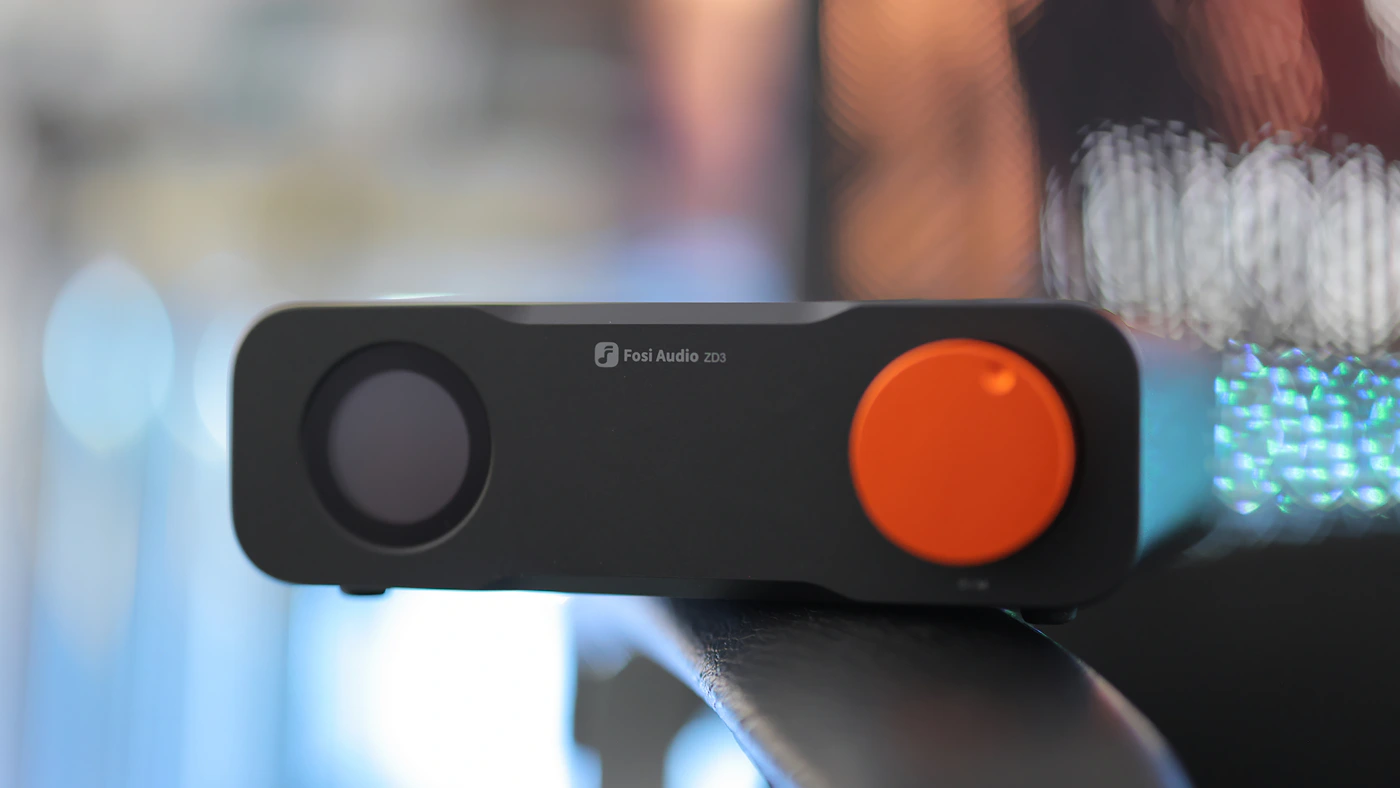
Midrange – Most of the magic happens in the midrange, where ZD3 presents an intimate, but well defined and detailed sound. Fosi ZD3 enhances and favors the lower midrange above the upper midrange for energy and presence, so you can expect to hear most music with a more serious undertone to it, a signature that gives music a grandiose feeling. This helps a lot with male-led bands and gives a certain depth to female voices too, although it takes away sharpness and fatigue from more aggressive or sharp sounding music too.
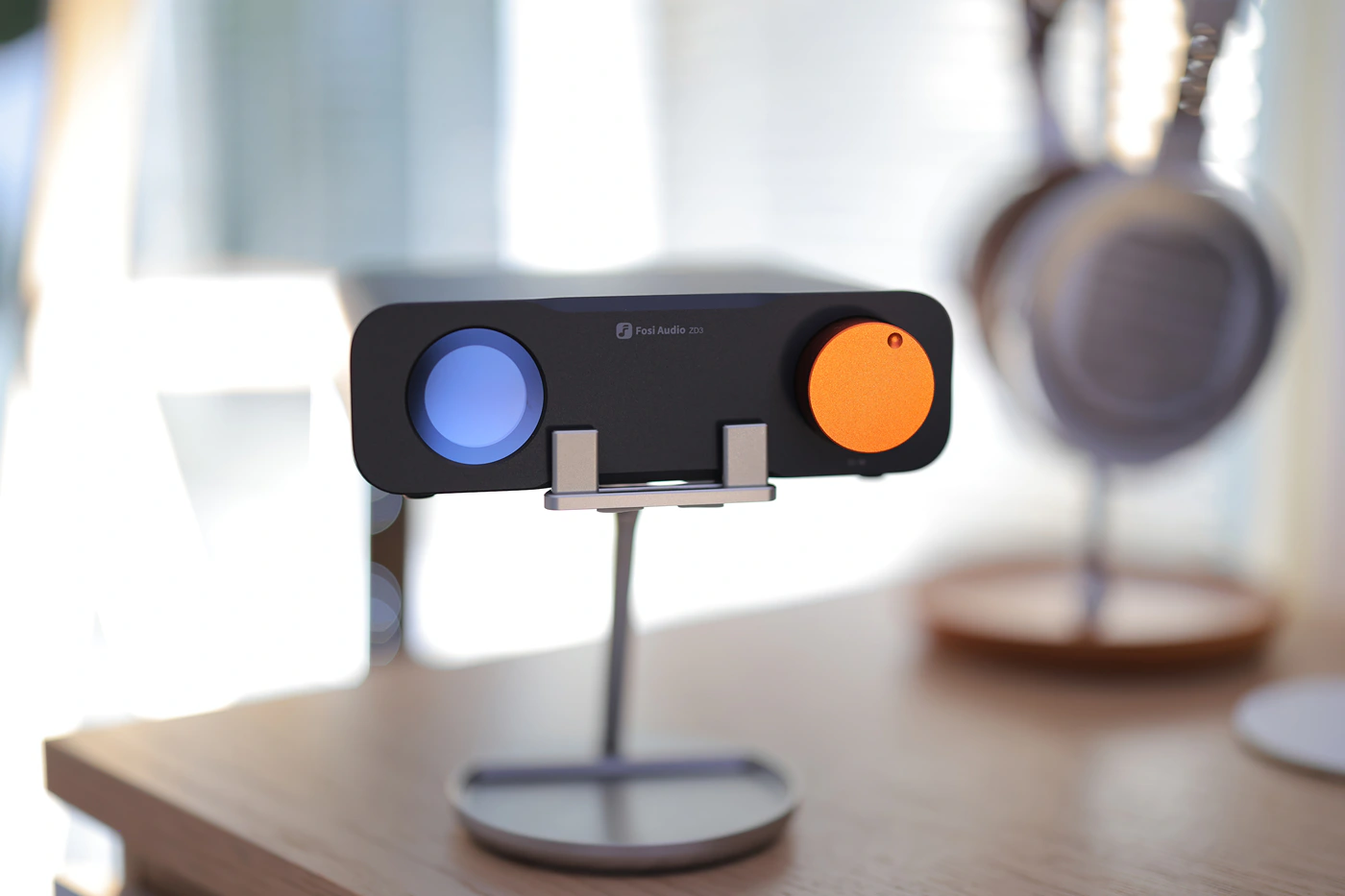
Treble – Although the treble is not rolled-off entirely, it is most certainly a relaxed, laid-back and relaxed sounding treble that works well for toning down sharper and brighter sounding equipment, as you’d typically find in the entry-level range. Fosi Audio designed ZD3 to pair really well with affordable equipment, like ultra sharp sounding AMPs and IEMS, and even if you climb the price ladder, ZD3 can warm up and relax the presentation with the likes of HIFIMAN Sundara and BQEYZ Wind.
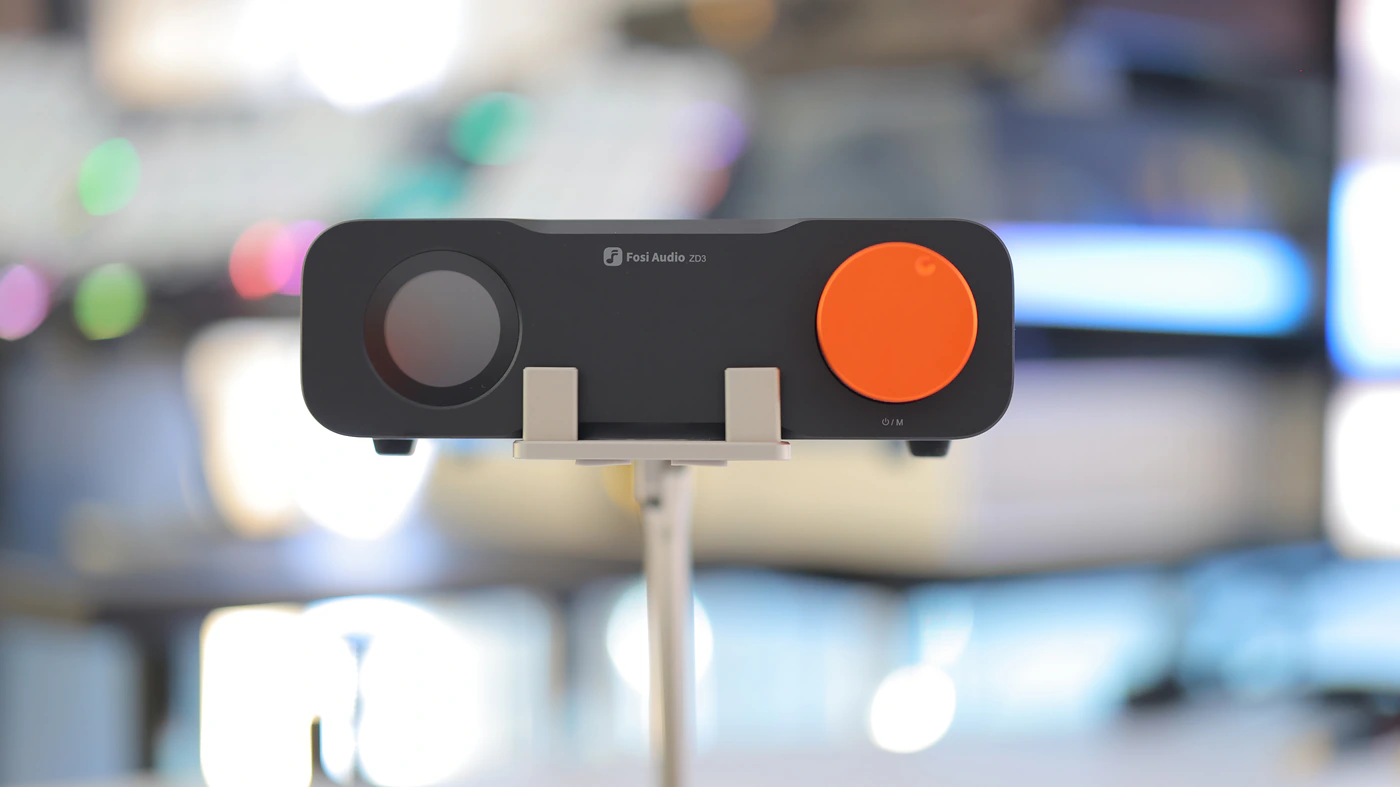
Loudness Saturation Gradient – Fosi Audio ZD3 sounds exactly the same regardless of the volume you’re playing, you can totally and should use its volume control without any fear. I could issue a warning here though, if you keep the volume below 50, you will get a slightly lower distortion, and especially below 70 should be a rule to respect if your source expects the standard 2V / 4V for RCA / Balanced.
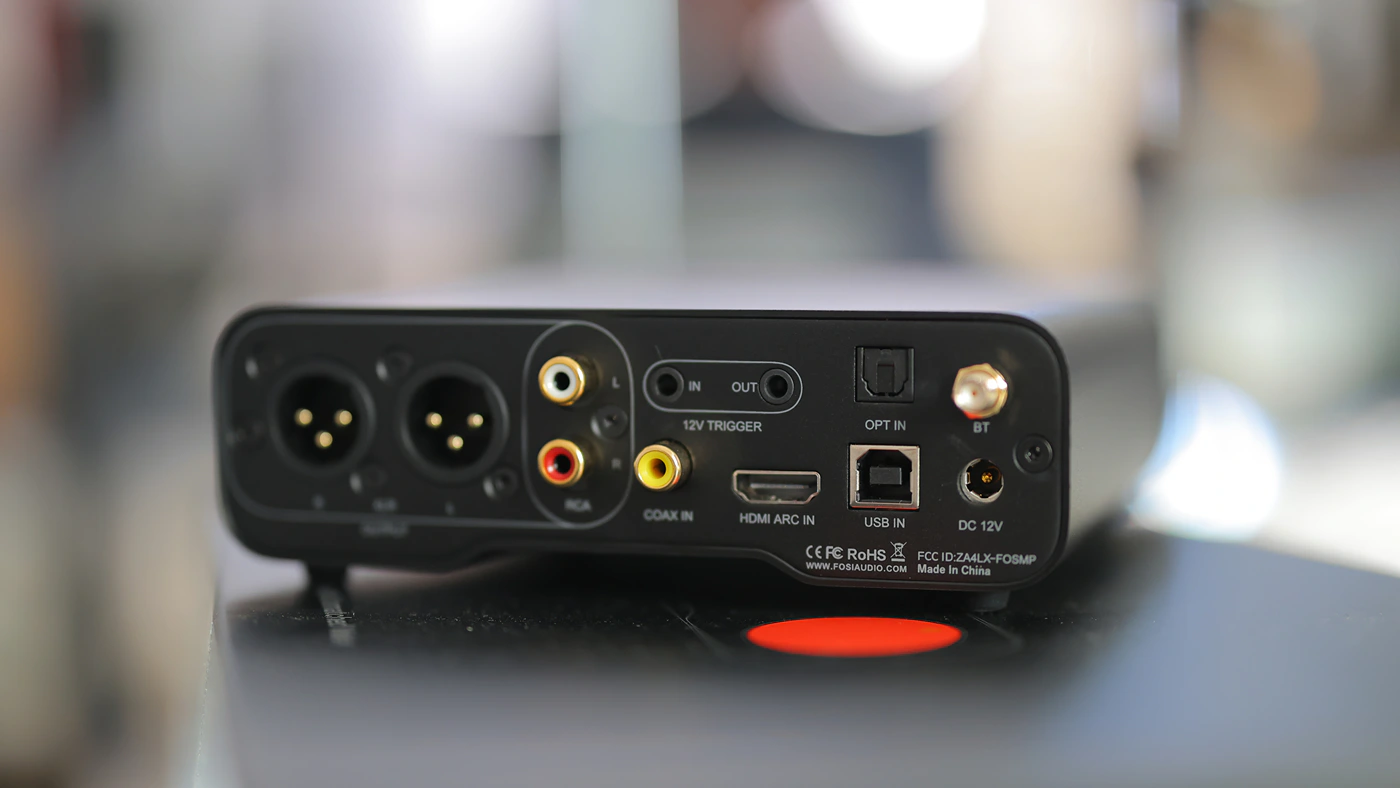
Dynamics Handling – ZD3 has a thick-ish sound that’s relaxed but has a highly dynamic presentation, contrast is strong, especially as the background is black and most instruments have a grand body, and intense presentation. Despite the laid-back presentation, you can expect a high degree of dynamics and an engaging sound.
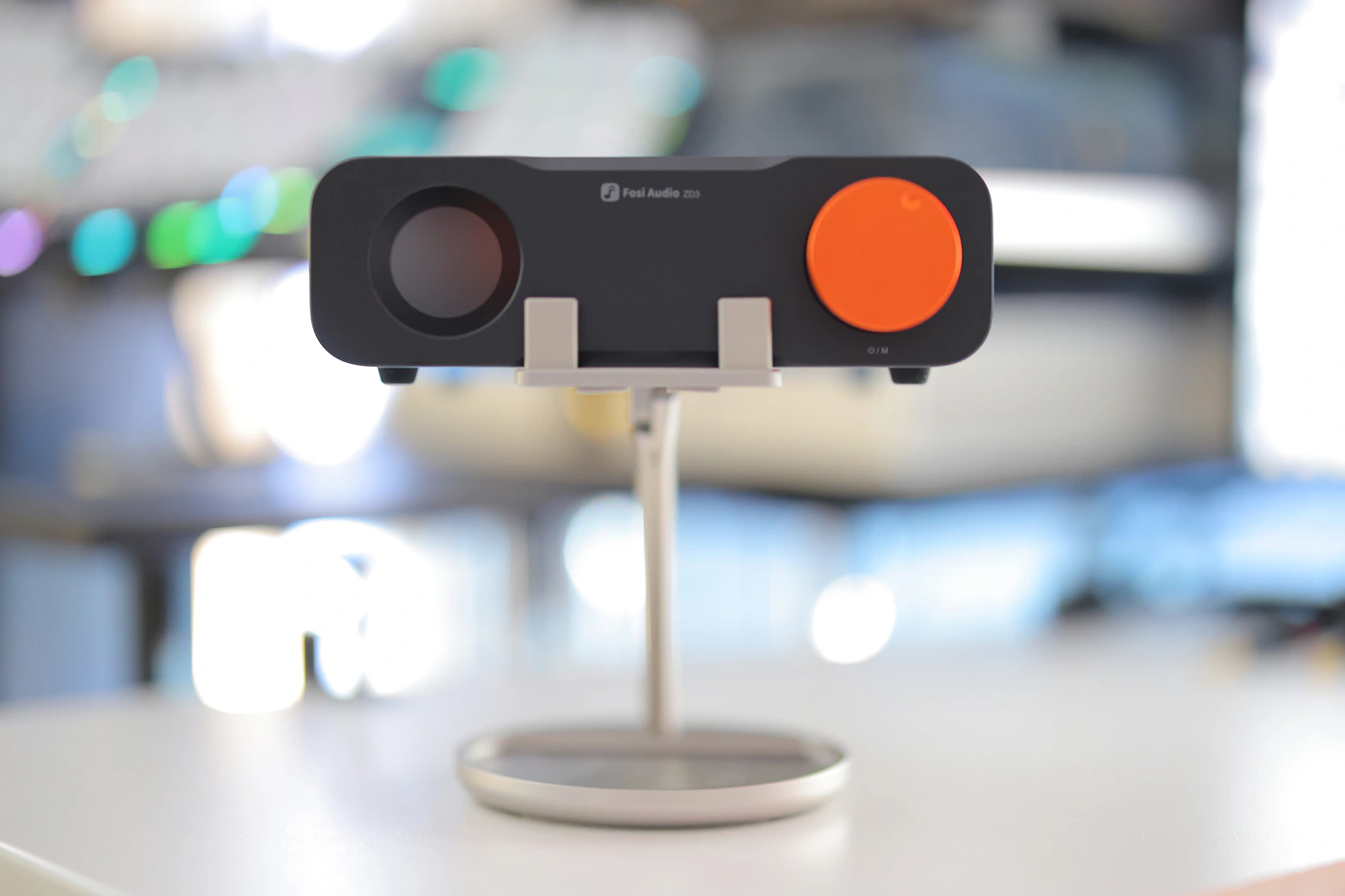
PRaT / Textures – You can expect a smooth, laid back and relaxed texture from ZD3, it will, for the most part, sound smooth and will never offend. In fact, regardless of the AMP and IEMs / Headphones used, I could not get any album to sound fatiguing with ZD3, and it might miss and kill certain micro details / textures rather than revealing too much, so expect the most relaxed and laid back presentation with ZD3.
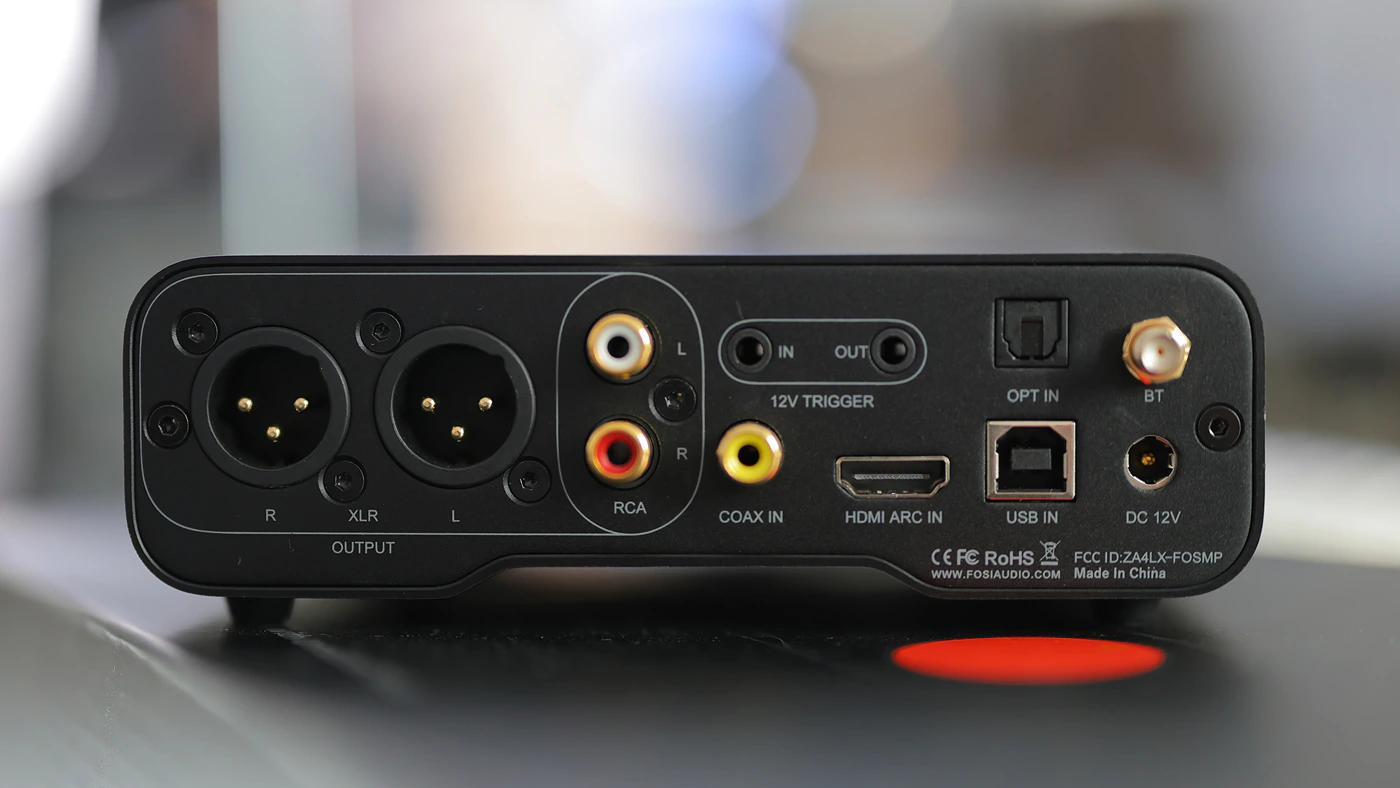
Soundstage – You can hear everything really close to you, in intimate detail, and you will understand every detail. While it does not sound forward, ZD3 brings every instrument right to your ears, gives you a very personal listening session, and allows you to hear all the information in the song almost like touching the song. The strong instrument separation and clean imaging helps with this effect as ZD3 creates a very specific sound that’s in one sentence, right there in your heart.
Value and Conclusion
With a price point of 219 USD, ZD3 has an incredibly strong value, excellent detail, clarity and a modern, clean design. You cannot run into any issues with ZD3, it simply works wonders for all systems, and the only way you might not be so much into it is if you wanted a bright and sharp DAC, as ZD3 is quite relaxed, smooth and laid back.
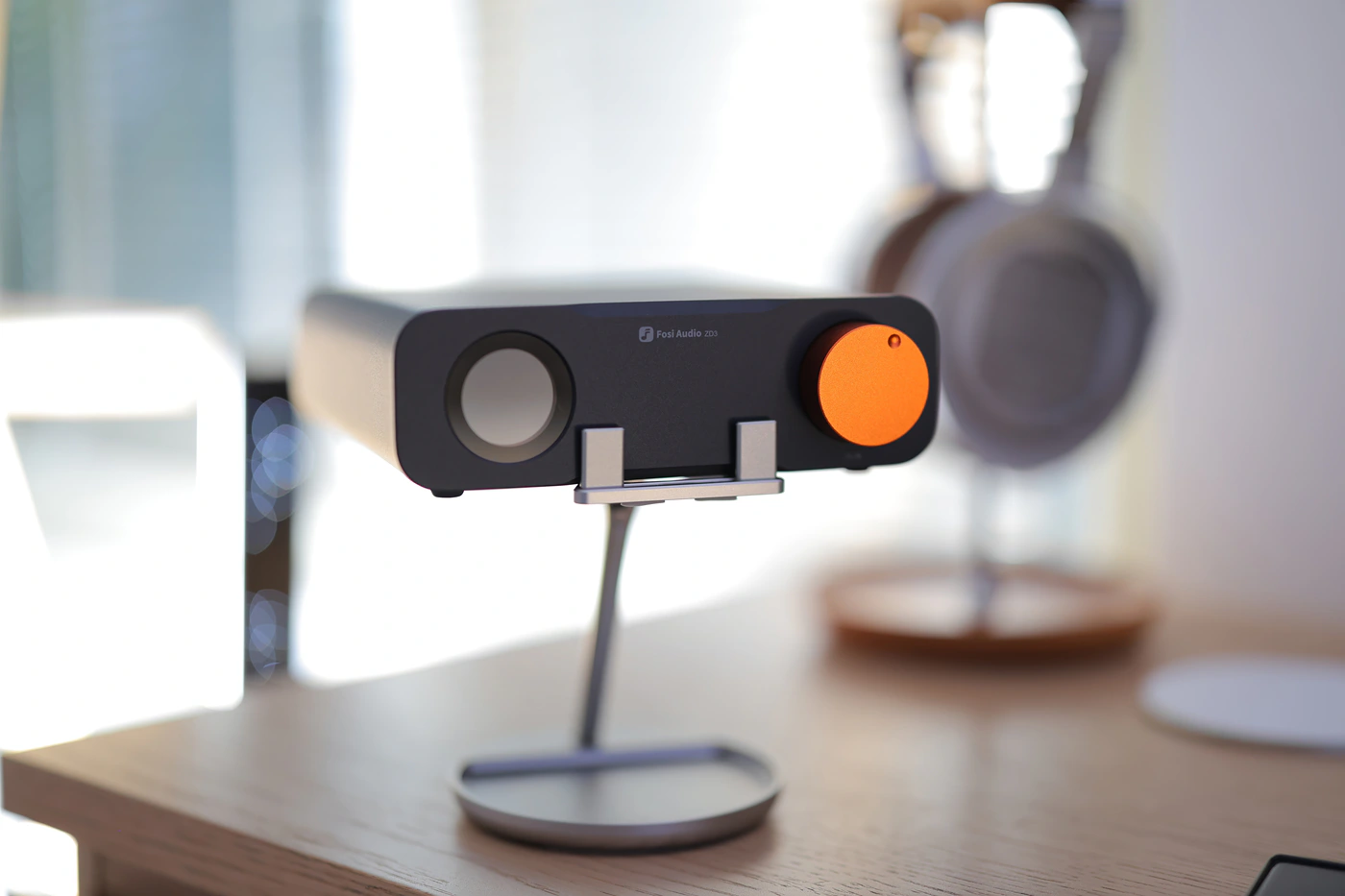
At the end of the day, ZD3 is here to tell a story, and even if you’re not a big fan of what I described, the technical ability of having no background noise allows you to get the effect you want from ZD3, as you can replace the OP-AMPs and fine tune it further for a different signature.
Product Link
Amazon – https://amzn.to/4ajEyPd
--- Please remember to stay safe, and always have fun while listening to music!---
- If you have a dime to spare, please donate, and help us! It would make the day brighter for me and my wife-
Full Playlist used for this review
We listened to more songs than those named in this playlist, but those are excellent for identifying a sonic signature. I recommend trying most of the songs from this playlist, especially if you’re searching for new music! The playlists are different for Spotify, Tidal and Youtube, and based on the songs I enjoy and are available on each!
https://www.youtube.com/playlist?list=PL_cjBXGmwSHSdGcwuc_bKbBDGHL4QvYBu
https://open.spotify.com/playlist/5J3oloz8Riy9LxEGenOjQ0?si=979ba4f082414be7
https://tidal.com/browse/playlist/330fd544-8e5b-4839-bd35-676b2edbb3d5
--- Contact Us ---





